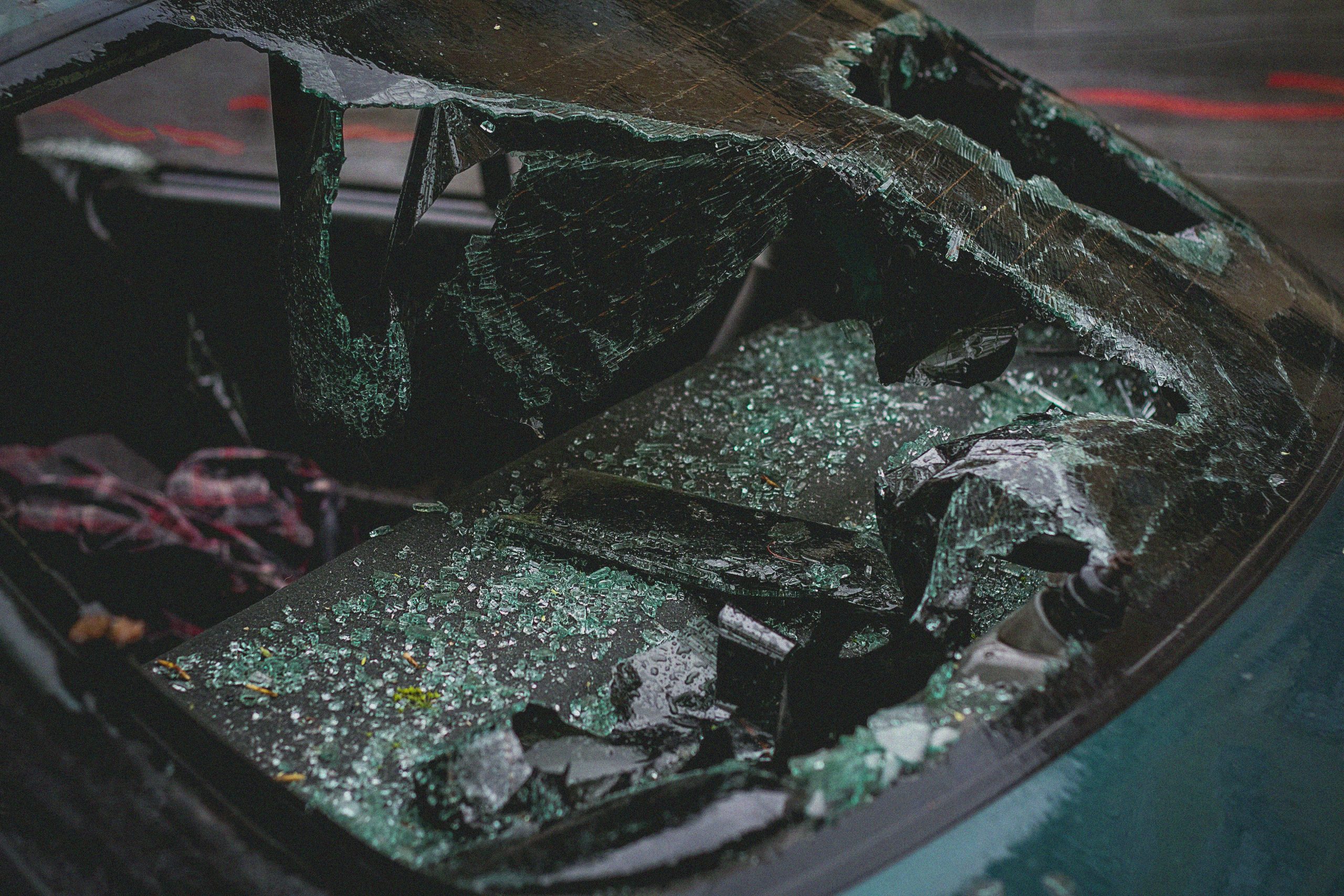Emergency Tree Damage to Your Home: What Are Your Immediate Steps?
Experiencing a fallen tree causing damage to your property can be a daunting and urgent situation. If you find yourself in this scenario, knowing how to navigate the immediate aftermath is crucial to ensure safety, protect your home, and facilitate your insurance claim.
Understanding Your Insurance Coverage
For homeowners insured through providers like State Farm, reporting an incident involving significant damage, such as a fallen tree, should be your first step. Given the unpredictability and urgency of such incidents, most companies offer 24/7 claims reporting options. If you’ve already contacted your insurer and opened a claim, you’re on the right track.
Handling Immediate Safety and Repairs
While waiting for your claims specialist—especially if they are in a different time zone—it’s essential to prioritize safety. If the tree is currently lodged in your house, assess the structural integrity carefully. If it’s safe, you might consider removing any hanging or unstable branches to prevent further damage, but always ensure you do not undertake risky removal procedures yourself.
In some cases, minor temporary repairs, such as covering holes with tarps or boards, are permitted to prevent additional weather-related damage. However, it’s critical to verify whether such actions align with your insurance policies to ensure reimbursement is not affected.
Dealing With Communication Challenges
It can be frustrating when customer service calls direct you to voicemails or leave you waiting. Document all your attempts to reach your claims representative, including timestamps and the nature of your communication. This documentation can be helpful should disputes arise about promptness or response times.
Seeking Guidance for Immediate Action
Given the urgency—especially with storms anticipated later this week—consider reaching out to your insurer’s emergency or claims hotline for advice specific to your situation. Many insurers provide guidance on acceptable immediate repair actions and coverages during emergency circumstances.
Final Recommendations
- Ensure safety first: do not attempt complex repairs yourself. Contact emergency services if structural instability presents a risk.
- Document the damage extensively with photos or videos.
- Keep detailed records of all communications with your insurer.
- Follow your insurer’s instructions for temporary repairs; avoid performing actions that could jeopardize your claim.
- Stay informed about weather forecasts and prepare your home accordingly to prevent further harm.
In summary, taking swift, cautious actions can help mitigate damage and streamline your insurance claim process. Remember, your insurer is there to support you through this challenging time—don’t hesitate to reach out for guidance and assistance.



